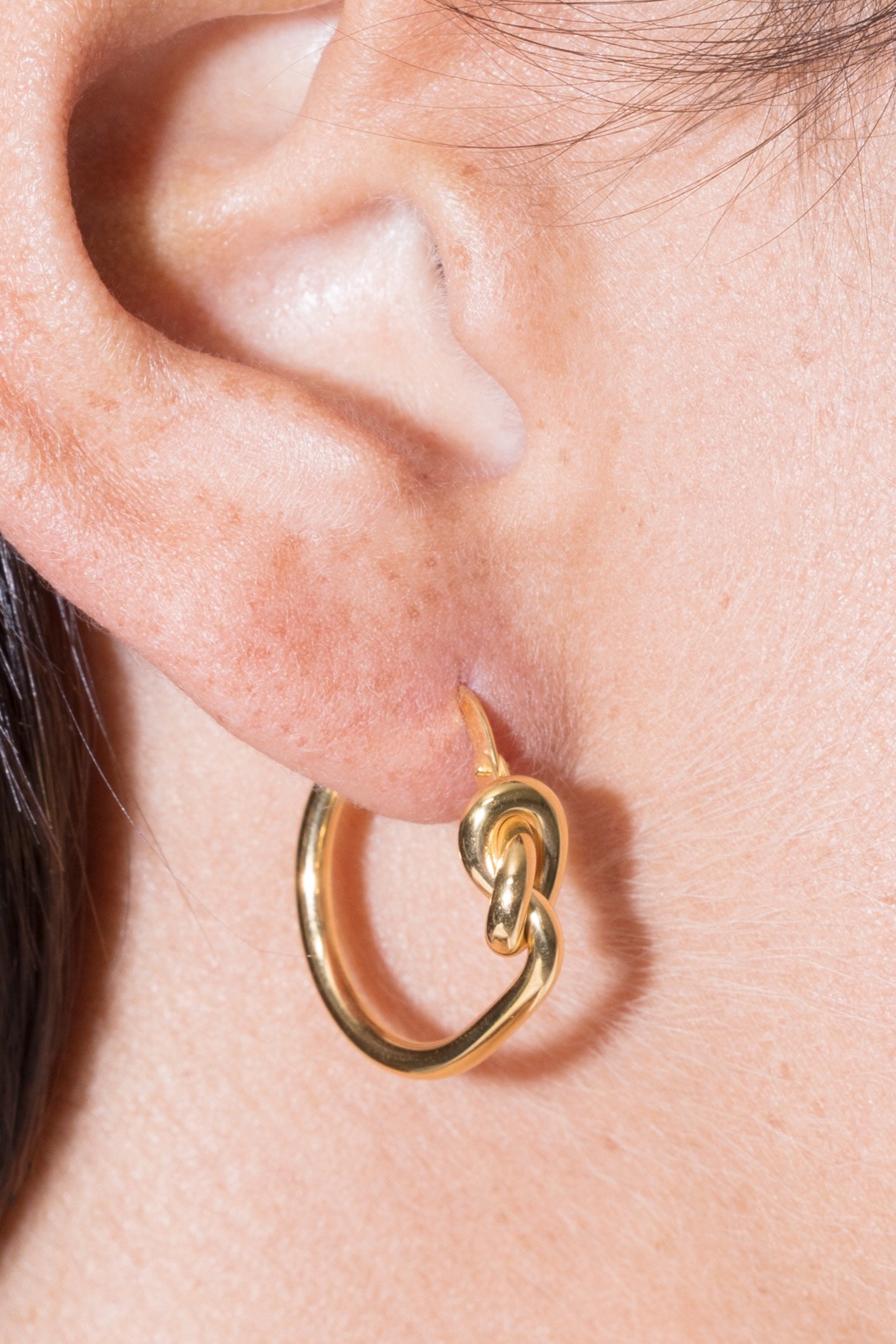the paradigm of traditional workspaces underwent a colossal shift with the COVID-19 pandemic. as of 2023, 12.7% of full-time employees work from home, while 28.2% work a hybrid model, illustrating the rapid normalization of remote work environments. these figures reflect the workforce’s growing affinity towards the flexibility, autonomy and work-life balance that remote/hybrid work has to offer.
virtual collaboration tools have enabled several industries to operate effectively, irrespective of location, and digital nomads are growing like mushrooms. the perks of working from a beach club in tulum, a coffee shop in new york or a chalet in the swiss alps are undeniable, but what about the impact of increased screen time on eye health? the topic has been receiving great attention from the scientific community over the past few years and even received a pompous name: computer vision syndrome (CVS) or digital eye strain. it is estimated that the average american worker spends seven hours a day on the computer either at the office or working from home, significantly predisposing to the development of CVS-related symptoms such as headaches, eye strain, sore eyes, discomfort, burning/itching sensation, impaired/blurred vision, dry eyes, tearing, photophobia, double vision or slowness of focus change. the prevalence of such symptoms is ~60% among adults and the simultaneous use of 2 or more devices (e.g. laptop and tablet) increase the risk of CVS compared to the use of 1 device at a time. symptoms may be brought on by glare, inadequate illumination, or a wrong viewing angle. most importantly, even though not vision-threatening, these symptoms can interfere with work performance, decrease productivity and produce a negative impact on quality of life. external factors such as air humidity, ventilation and temperature may contribute to aggravate the symptoms further.
but since remote work is here to stay and those working in traditional workspaces still use the computer a lot, what measures can one take to minimize the impact of screen time on eye health?
-
use your prescription glasses – even small refractive errors (especially astigmatism) can aggravate the symptoms of CVS.
-
use high resolution (full HD) displays with a high refresh rate (frequency >75 Hz) – this will decrease your visual strain, improve readability and allow you to work more efficiently.
-
have an artificial tear at hand – though the normal blinking rate is around 15-20 blinks/min, the blinking rate is significantly reduced while working on video display terminals like computer screens. this causes the eye to be opened for a longer duration, thereby increasing the chances of dryness. if you are a contact lens wearer or have already suffered from dry eye symptoms, using an artificial tear while working is a must. these are sold over the counter and you can apply 1 drop 3-4 times/day. even if you do not have visual complaints, artificial tears will do you no harm and will prevent dry eye-related symptoms to arise.
-
respect the time zone you are working in – most digital screens are known to emit blue light. this is the same type of light that most contributes to circadian rhythm. thus, presentation of blue light not in sync with the sun (i.e. working after dark or before sunrise) may alter the coupling of the biological clock with the geographical clock of that area resulting in abnormal circadian rhythm and sleep pattern. many patients ask me about blue blocking lenses. It is important to note that there is no scientific evidence that the light coming from computer screens is damaging to the eyes. because of this, international guidelines do not recommend special eyewear for computer use (your regular prescription glasses are enough).
-
improve your workplace ergonomics – the occupational safety & health administration (OSHA), USA issued a checklist that you can find online: https://www.osha.gov/etools/computer-workstations/checklists/evaluation
-
follow the 20-20-20 rule – for every 20 minutes spent using a screen, you should try to look away at something that is 20 feet (6 meters) away from you for a total of 20 seconds. this can be as simple as looking away from your computer screen or out the window. If you’re not in the middle of a zoom call, you can also just shut your eyes for 20 seconds!
- consider a humidifier – a humidifier will add moisture to the air and minimize dry eye. this is especially good for people who live in cold areas and use heaters often.
if your symptoms continue after trying these tips, see your ophthalmologist! A regular visit to your ophthalmologist will help identify refractive errors and exclude eye conditions that may further predispose to your symptoms.
joão pedro marques is an ophthalmologist and physician scientist at centro hospitalar e universitário de coimbra (CHUC) and unidade de oftalmologia de coimbra (UOC). he is an inveterate foodie and passionate about travelling.









